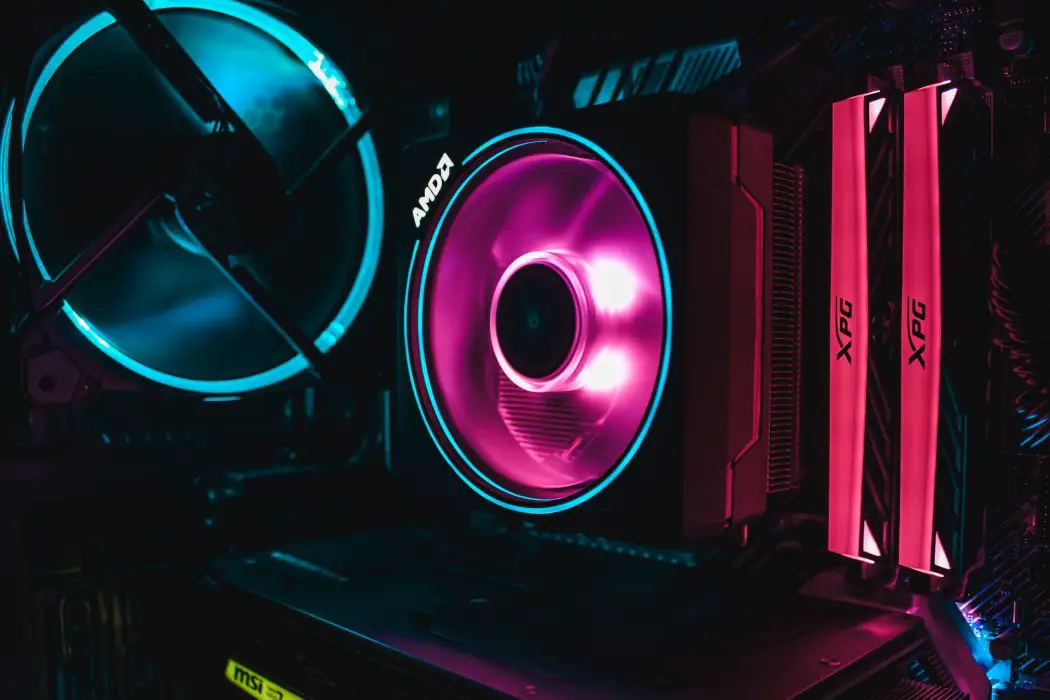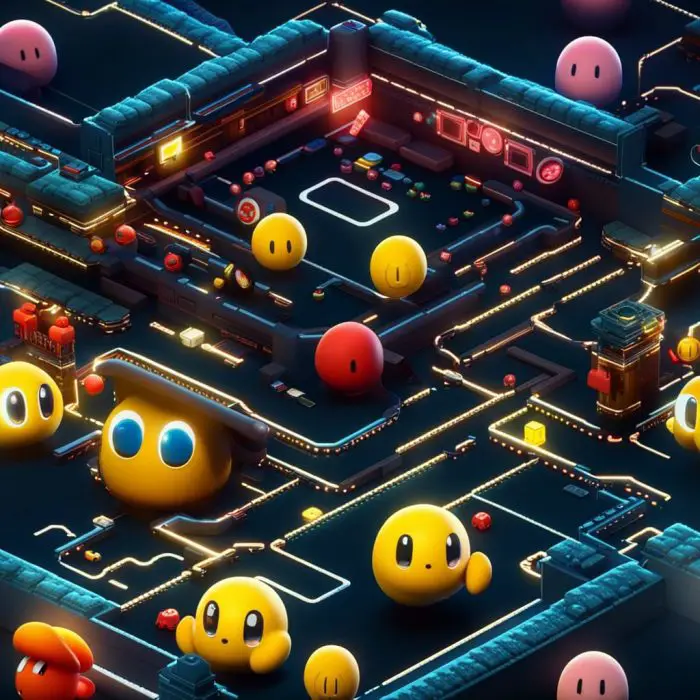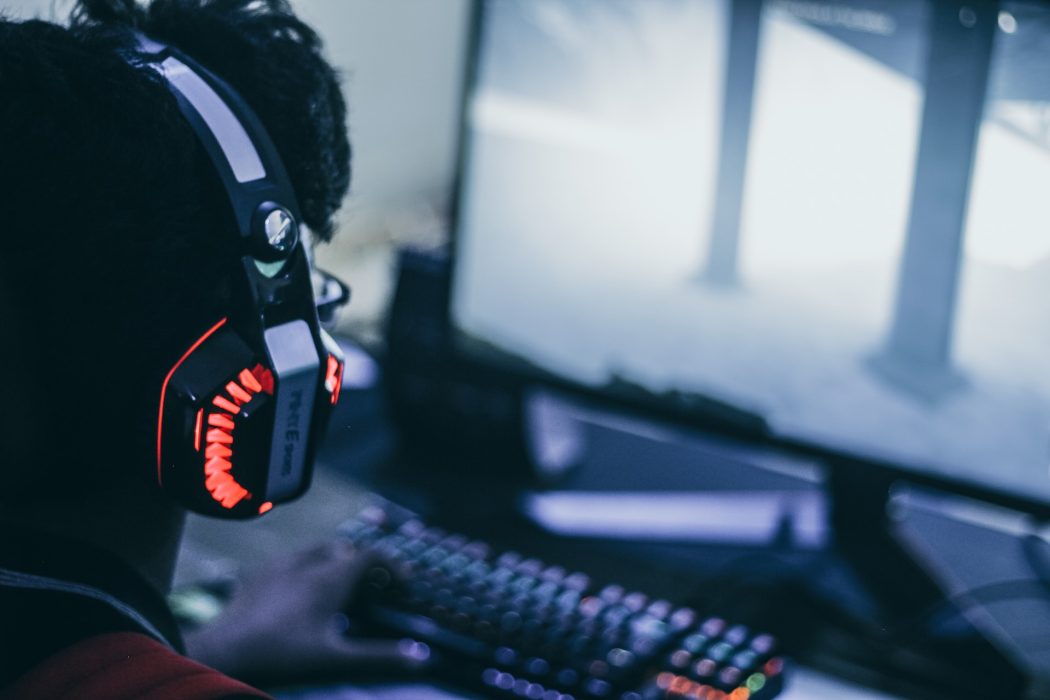The Future of Gaming: Exploring the Evolution of Game Graphics
Game graphics play a crucial role in the gaming industry, as they are responsible for creating immersive and visually stunning experiences for players. From the early days of pixelated graphics to the high-definition visuals of today, game graphics have come a long way. In this blog post, we will explore the history of game graphics, the rise of realism in gaming, the future of virtual reality gaming, the role of artificial intelligence in game graphics, the impact of ray tracing on gaming graphics, the importance of lighting and shadows, the evolution of character design, the future of mobile gaming graphics, the role of cloud gaming, and the intersection of game graphics and storytelling.
The History of Game Graphics: From Pixels to High Definition
The evolution of game graphics has been a remarkable journey. In the early days of gaming, graphics were limited by technological constraints. Games were often displayed in low resolution and featured simple pixelated graphics. However, as technology advanced, so did game graphics. The introduction of 3D graphics in the 1990s revolutionized the industry and allowed for more immersive and realistic experiences.
With each new generation of consoles and advancements in computer hardware, game graphics continued to improve. High-definition visuals became the norm, with games featuring detailed textures, realistic lighting effects, and complex character models. Today, we have reached a point where games can rival movies in terms of visual fidelity.
The Rise of Realism: How Graphics are Becoming More Lifelike
Game developers are constantly striving to create more realistic graphics to enhance the gaming experience. They use advanced rendering techniques, such as physically-based rendering (PBR), to accurately simulate how light interacts with different materials. This results in more lifelike visuals with accurate reflections, refractions, and shadows.
However, creating lifelike graphics comes with its own set of challenges and limitations. Real-time rendering requires a significant amount of computational power, and developers often have to make compromises to maintain a stable frame rate. Additionally, creating realistic character animations and facial expressions is a complex task that requires sophisticated algorithms and motion capture technology.
The Future of Virtual Reality Gaming: What to Expect
Virtual reality (VR) gaming has the potential to revolutionize game graphics by providing players with a truly immersive experience. VR headsets allow players to step into virtual worlds and interact with them in a way that was previously unimaginable. This opens up new possibilities for game developers to create visually stunning and realistic environments.
However, there are still challenges to overcome in the realm of VR game graphics. Achieving high frame rates is crucial to prevent motion sickness, and rendering graphics in stereoscopic 3D requires even more computational power. Additionally, creating realistic character models and animations that can be viewed from any angle is a complex task that requires advanced techniques.
The Role of Artificial Intelligence in Game Graphics
Artificial intelligence (AI) is playing an increasingly important role in game graphics. AI algorithms can be used to enhance various aspects of game graphics, such as character animations, procedural generation of environments, and real-time rendering techniques. For example, AI can be used to generate realistic facial expressions and body movements for characters, making them feel more lifelike.
In the future, AI has the potential to transform game graphics even further. Machine learning algorithms can be trained on vast amounts of data to generate highly detailed textures and models. AI can also be used to optimize rendering techniques and improve performance, allowing for more realistic visuals without sacrificing frame rates.
The Impact of Ray Tracing on Gaming Graphics
Ray tracing is a rendering technique that simulates the behavior of light in a virtual environment. It allows for more accurate lighting and reflections, resulting in more realistic graphics. Traditionally, real-time ray tracing has been computationally expensive and only feasible for pre-rendered scenes. However, recent advancements in hardware and software have made real-time ray tracing a reality.
The impact of ray tracing on game graphics is significant. It allows for more realistic lighting effects, such as accurate shadows, global illumination, and reflections. This can greatly enhance the visual fidelity of games and create more immersive experiences for players. As hardware becomes more powerful and ray tracing algorithms become more optimized, we can expect to see even more impressive graphics in the future.
The Importance of Lighting and Shadows in Game Graphics
Lighting and shadows play a crucial role in creating realistic and visually appealing game graphics. They contribute to the overall atmosphere of a game and can greatly enhance the immersion factor. Realistic lighting can make a virtual environment feel more believable, while accurate shadows can add depth and dimension to objects.
Creating realistic lighting and shadows in games is a complex task. Game developers use various techniques, such as dynamic lighting, ambient occlusion, and shadow mapping, to simulate how light interacts with different objects in a scene. However, achieving realistic lighting and shadows in real-time is still a challenge, as it requires a significant amount of computational power.
The Evolution of Character Design in Video Games
Character design has evolved significantly over the years, thanks to advancements in technology and artistic techniques. In the early days of gaming, characters were often represented by simple sprites or pixelated models. As technology advanced, character models became more detailed and realistic.
Today, character design in video games is a highly sophisticated process. Game developers use advanced modeling and animation techniques to create characters with lifelike proportions and movements. Facial animation technology has also improved, allowing for more realistic expressions and emotions.
The Future of Mobile Gaming Graphics
Mobile gaming has become increasingly popular in recent years, thanks to the widespread availability of smartphones and tablets. However, mobile devices have limited processing power compared to consoles or PCs, which poses challenges for game developers in terms of graphics.
Despite these limitations, mobile game graphics have come a long way. With each new generation of mobile devices, we see improvements in processing power and graphics capabilities. Mobile games now feature high-resolution textures, complex lighting effects, and detailed character models. As technology continues to advance, we can expect to see even more impressive graphics in mobile games.
The Role of Cloud Gaming in the Future of Graphics
Cloud gaming is a relatively new concept that allows players to stream games over the internet, eliminating the need for powerful hardware. Instead of running games locally on a console or PC, the game is rendered on remote servers and streamed to the player’s device. This opens up new possibilities for game graphics, as the processing power is no longer limited by the player’s hardware.
Cloud gaming has the potential to enhance game graphics in several ways. First, it allows for more advanced rendering techniques, such as real-time ray tracing, that would be too computationally expensive for local hardware. Second, it enables developers to create more visually stunning environments with higher resolution textures and complex lighting effects. Finally, cloud gaming can also improve performance by offloading rendering tasks to powerful servers.
The Intersection of Game Graphics and Storytelling: The Future of Narrative Gaming
Storytelling has always been an important aspect of video games, and advancements in game graphics have the potential to enhance the storytelling experience even further. Realistic graphics can help create a more immersive and believable world for players to explore. Detailed character models and facial animations can convey emotions and expressions more effectively, making the story more engaging.
In the future, we can expect to see even more integration between game graphics and storytelling. Advancements in AI and procedural generation techniques can allow for dynamic storytelling experiences where the game adapts to the player’s choices and actions. Additionally, virtual reality technology can provide players with a more immersive narrative experience by allowing them to step into the shoes of the protagonist.
Conclusion
Game graphics have come a long way since the early days of gaming, and they continue to evolve at a rapid pace. From pixelated graphics to high-definition visuals, game graphics have become more realistic and immersive than ever before. Advancements in technology, such as virtual reality, artificial intelligence, ray tracing, and cloud gaming, have the potential to revolutionize game graphics even further.
As we look to the future, we can expect to see even more impressive graphics in games. The intersection of game graphics and storytelling will create more immersive and engaging narrative experiences. Mobile gaming will continue to improve as technology advances, and cloud gaming will provide players with access to more powerful hardware. Ultimately, game graphics will play a crucial role in shaping the future of the gaming industry.






